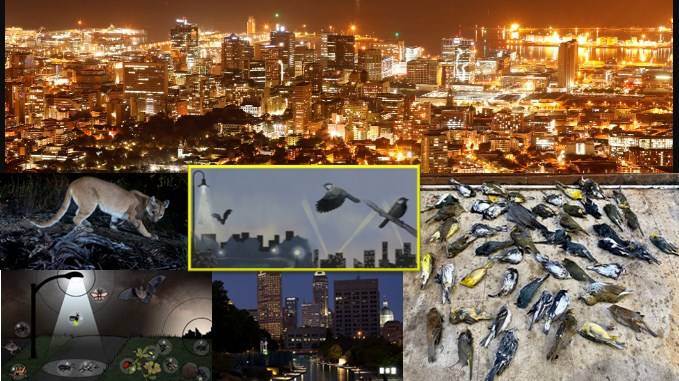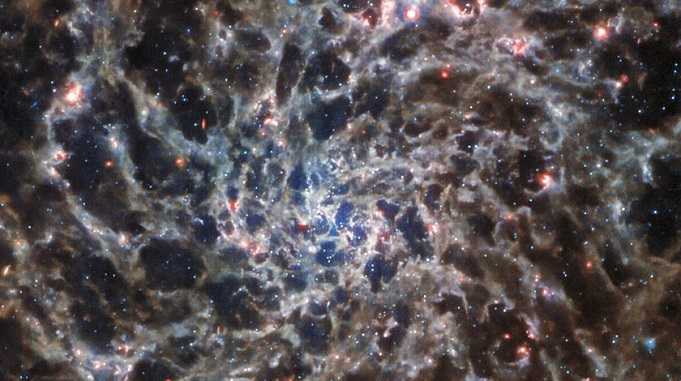
Effects of Light Pollution on Environment and Wildlife – Light pollution has a range of negative effects on humans, animals, and the environment. One major impact of light pollution is on wildlife. Light pollution can interfere with the natural darkness of the night sky, which can affect the behavior of nocturnal animals and disrupt the natural rhythm of nature.
Light pollution can have a variety of negative impacts on animals and other living creatures. Some of the main ways it can affect them include:
1. Disrupting natural rhythms:
Many animals, such as birds and sea turtles, rely on natural light cues to navigate, breed, and feed. Artificial light can disrupt these cues, causing confusion and disorientation, leading to decreased reproduction, increased mortality, and declines in populations.
2. Interfering with migration:
Birds, bats, and insects rely on the stars and other natural cues to navigate during migration. Artificial light can interfere with these cues, leading to disorientation and decreased survival rates.
Read Also – Light Pollution – Unveiling the Truth About This Growing Problem!
3. Affecting hunting and feeding:
Nocturnal animals such as owls, bats, and insects rely on darkness to hunt and feed. Artificial light can make it difficult for them to find food and can also attract prey, altering the balance of local ecosystems.
4. Disturbing habitats:
Light pollution can also disturb the habitats of animals, causing them to leave their natural habitats and venture into areas where they may not be able to survive.
5. Disturbing the natural light cycle:
Artificial light can disrupt the natural light cycle of animals, causing confusion and disorientation. This can lead to decreased reproduction and increased mortality.
It’s important to note that light pollution affects not only animals but also plants and microorganisms. It can also have cascading effects on ecosystem functioning, food webs, and species interactions.
To minimize the negative impacts of light pollution on animals and other living creatures, steps can be taken such as using outdoor lights only when necessary, using shielded lights that direct light downward, and using lower-wattage bulbs. Communities can also adopt lighting codes and regulations that limit the brightness and hours of operation of outdoor lights.
Read Also – Stars are rapidly disappearing from the night sky. Why is this?
Copyrighted Material © 2019 - 2024 Prinsli.com - All rights reserved
All content on this website is copyrighted. It is prohibited to copy, publish or distribute the content and images of this website through any website, book, newspaper, software, videos, YouTube Channel or any other medium without written permission. You are not authorized to alter, obscure or remove any proprietary information, copyright or logo from this Website in any way. If any of these rules are violated, it will be strongly protested and legal action will be taken.





Be the first to comment